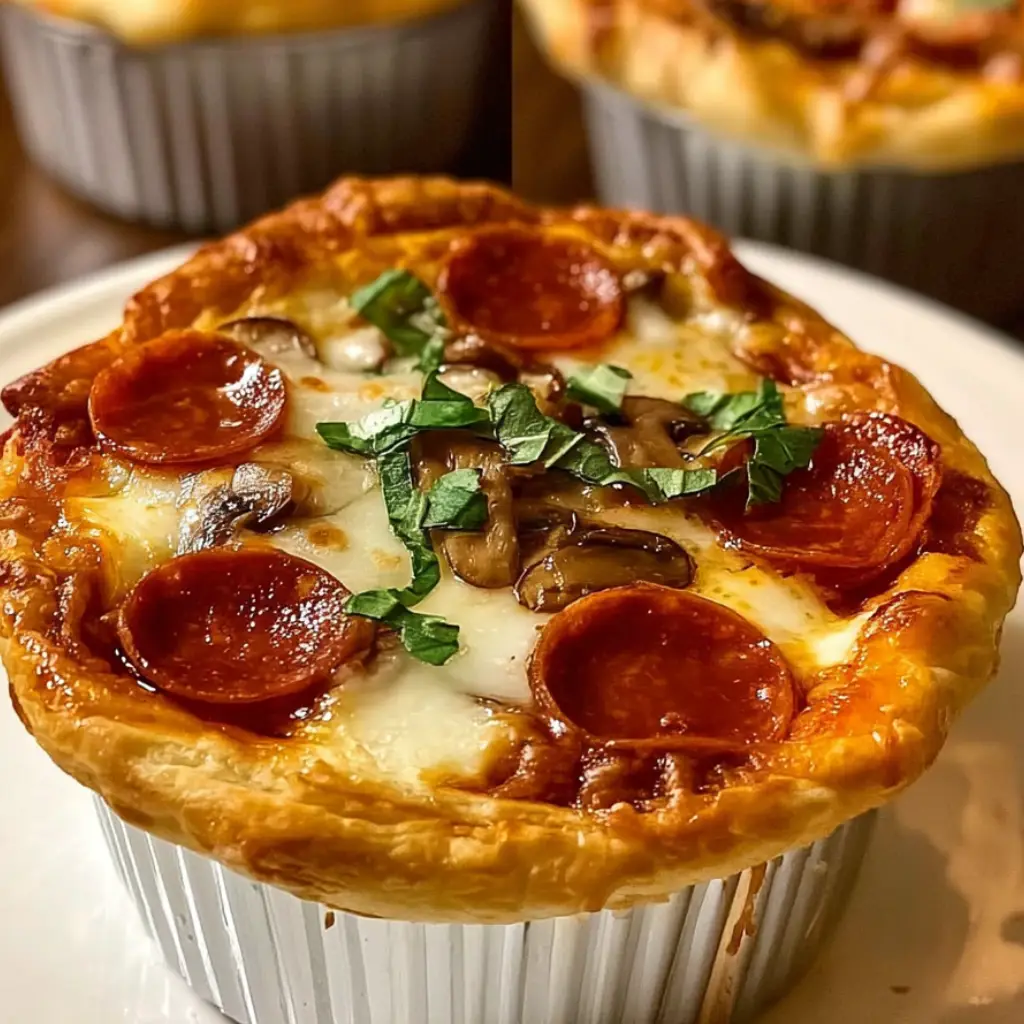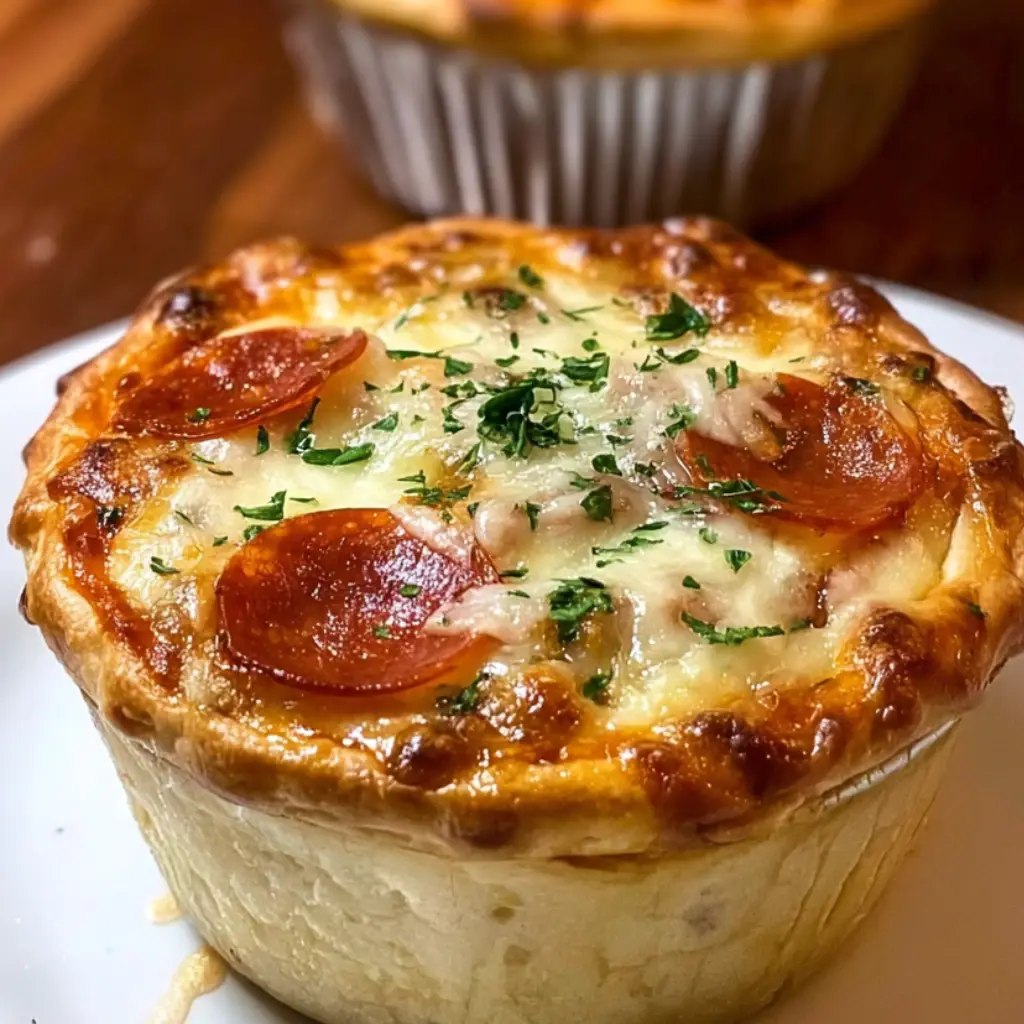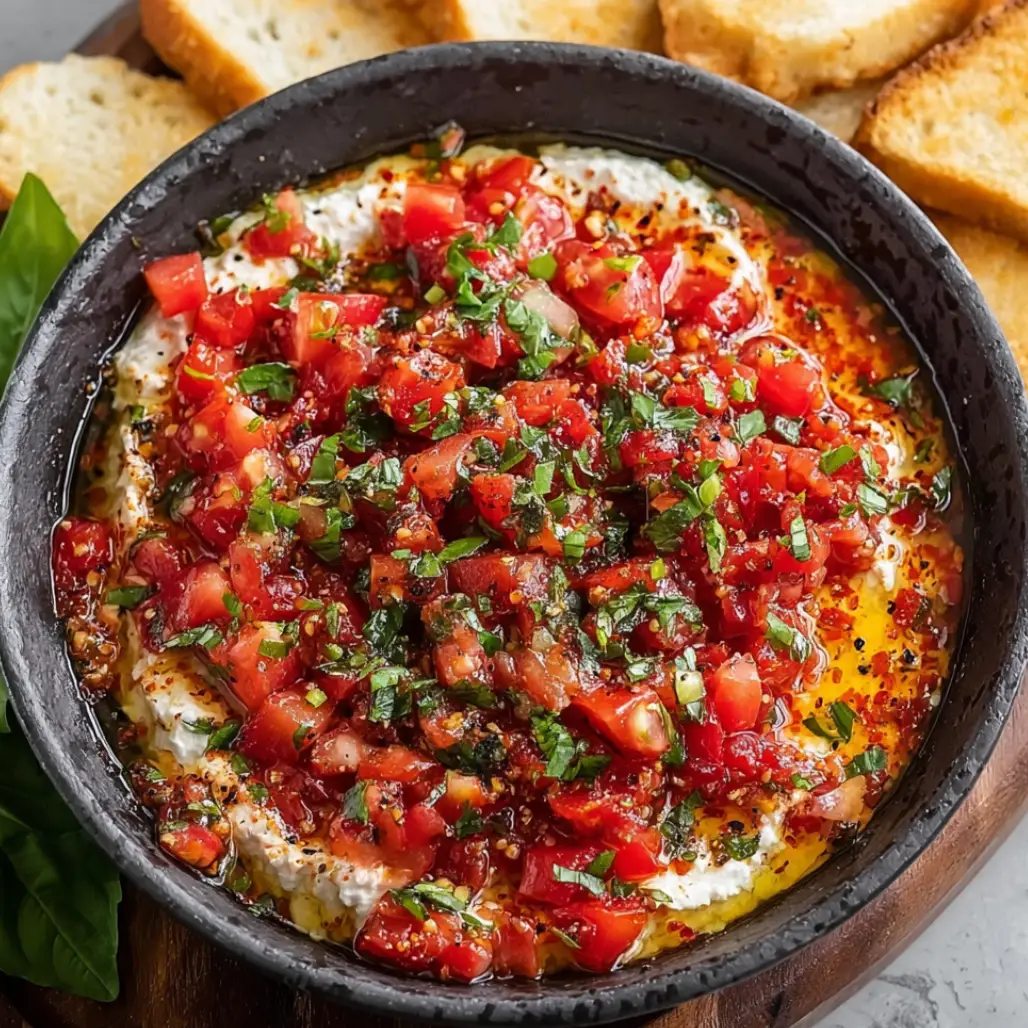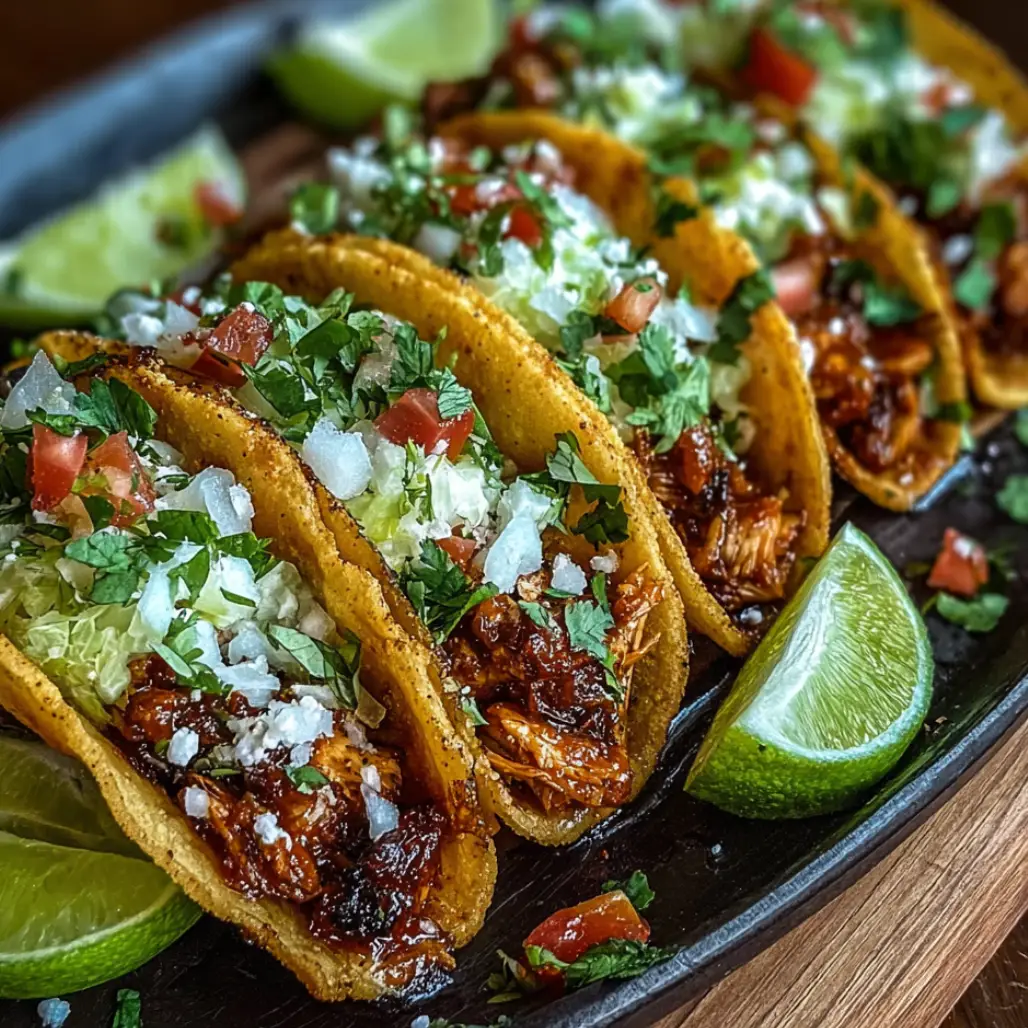| Prep Time: 20 minutes | Cook Time: 18 minutes | Total Time: 38 minutes | Serves: 8 |
|---|
When dinner demands something extraordinary that combines the best of two beloved comfort foods, mini pizza pot pies deliver the perfect fusion of crispy pot pie pastry and gooey pizza indulgence because they transform traditional pizza concepts into individual masterpieces that delight both children and adults with their interactive presentation and customizable nature. These charming individual servings showcase the magic of upside-down cooking, where pizza dough creates a golden crust that seals in all the melted cheese and savory toppings because the inverted baking method ensures perfectly cooked pastry while maintaining the molten cheese center that makes each bite irresistible.
Why This Mini Pizza Pot Pies Recipe Works
The brilliance of these mini pizza pot pies lies in their ingenious construction method because they flip the traditional pizza concept literally upside-down, creating a unique dining experience that builds anticipation through the dramatic reveal when each ramekin is inverted onto serving plates. The individual portion size ensures everyone receives equal amounts of cheese and toppings while allowing for complete customization to accommodate different preferences and dietary requirements within the same meal preparation.
This recipe succeeds where traditional pizza often falls short because it contains all the beloved flavors within a perfectly portioned vessel that prevents the common issues of uneven topping distribution or soggy crusts that can plague conventional pizza making. The sealed environment created by the dough covering allows the cheese to melt uniformly while the toppings steam gently in their own juices, creating concentrated flavors that develop more complexity than traditional flat pizza preparations because the enclosed cooking method intensifies every element.
Essential Ingredients for Perfect Results
1 package refrigerated pizza dough (14-16 ounces, or homemade equivalent)
2 cups fresh mozzarella cheese (sliced into rounds for optimal melting)
1 cup pizza sauce (high-quality store-bought or homemade marinara)
32 slices mini pepperoni (or regular pepperoni cut into smaller pieces)
1/2 cup sliced bell peppers (mixed colors for visual appeal)
1/2 cup sliced mushrooms (cremini or button mushrooms work well)
1/4 cup diced red onion (adds sharp flavor contrast)
1/2 cup grated Parmesan cheese (freshly grated for best melting)
2 tablespoons olive oil (for brushing dough and greasing ramekins)
1 teaspoon Italian seasoning (dried blend of herbs)
1/2 teaspoon garlic powder (enhances overall flavor profile)
1/4 teaspoon red pepper flakes (optional, for gentle heat)
2 tablespoons fresh basil (chopped, for garnish and fresh flavor)
Cooking spray (for preparing ramekins and ensuring easy release)
The Art of Creating Exceptional Mini Pizza Pot Pies
Creating exceptional mini pizza pot pies requires understanding the unique principles of upside-down baking because the success depends on proper heat circulation and steam management to achieve the perfect balance between crispy crust and melted interior components. The key lies in recognizing that each ramekin creates its own micro-environment where ingredients cook together harmoniously while maintaining their individual characteristics through careful layering and timing.
Success depends on mastering the delicate balance between filling quantity and dough coverage because overfilling can cause spillage during baking while underfilling results in disappointing portions that lack the dramatic cheese pull effect. The dough must be stretched properly to create adequate overhang that seals effectively while allowing for the natural shrinkage that occurs during baking, ensuring complete enclosure without tearing or gaps that could compromise the cooking process.
Step-by-Step Instructions for Perfect Results
Begin by preheating your oven to 400°F and generously spraying eight 6-ounce ramekins with cooking spray, paying special attention to the rim and outer edges because proper lubrication ensures easy removal after the dramatic inversion that reveals the finished pizza pot pies. Place the prepared ramekins on a large rimmed baking sheet to catch any potential overflow during baking.
Professional Tip: Choose ramekins with slightly flared sides rather than straight-sided ones because the angled walls help the finished pot pies release more easily when inverted.
Key Points: Thorough greasing and proper ramekin selection create the foundation for successful unmolding and presentation of the finished mini pizza pot pies.
Remove the pizza dough from refrigeration and allow it to come to room temperature for 15 minutes because this makes the dough more pliable and easier to stretch without tearing, while also promoting even cooking throughout the crust. Divide the dough into 8 equal portions using a bench scraper or sharp knife for consistent sizing.
Professional Tip: Weigh the dough portions if precision is important because equal sizes ensure uniform cooking times and professional presentation across all servings.
Key Points: Proper dough temperature and portioning create consistent results while preventing tearing during the stretching and shaping process.
Roll or gently stretch each dough portion into circles approximately 5 inches in diameter, dusting lightly with flour as needed to prevent sticking because the dough rounds need to be large enough to cover the ramekin openings with adequate overhang for sealing. Work with one portion at a time while keeping others covered to prevent drying.
Professional Tip: Avoid using too much flour during rolling because excess flour can create tough spots in the finished crust that detract from the tender texture.
Key Points: Consistent sizing and gentle handling preserve the dough’s texture while creating adequate coverage for proper sealing around each ramekin.
Layer the bottom of each ramekin with 2-3 slices of mozzarella cheese, ensuring complete coverage because this creates the signature cheese layer that becomes the top when the pot pies are inverted for serving. The cheese should cover the entire bottom surface without gaps that could allow toppings to stick.
Professional Tip: Use fresh mozzarella rather than pre-shredded varieties because it melts more smoothly and creates better cheese pulls in the finished dish.
Key Points: Complete cheese coverage provides the molten foundation that characterizes authentic pizza pot pies while preventing sticking during the inversion process.
Add 2 tablespoons of pizza sauce to each ramekin, spreading gently to avoid disturbing the cheese layer because the sauce provides moisture and flavor while helping to bind the other ingredients together during cooking. Avoid overfill which could cause spillage during baking.
Professional Tip: Use a spoon to distribute sauce evenly rather than pouring directly because this prevents displacement of the carefully arranged cheese layer beneath.
Key Points: Proper sauce distribution ensures balanced flavor while maintaining the structural integrity of the layered ingredients throughout the cooking process.
Distribute the pepperoni, bell peppers, mushrooms, and onions evenly among the ramekins, creating colorful and balanced combinations because visual appeal enhances the dining experience while ensuring each serving contains variety. Press toppings gently into the sauce to prevent shifting during handling.
Professional Tip: Pre-cook mushrooms for 2-3 minutes to remove excess moisture because raw mushrooms release water during baking that can make the crust soggy.
Key Points: Balanced topping distribution and moisture management create appealing presentations while preventing textural issues in the finished pot pies.
Sprinkle each ramekin with Parmesan cheese, Italian seasoning, and garlic powder because these seasonings enhance the overall flavor profile while the Parmesan adds additional melting cheese that contributes to the signature cheese pull effect. Use approximately 1 tablespoon of Parmesan per ramekin for optimal results.
Professional Tip: Freshly grated Parmesan melts better and provides superior flavor compared to pre-grated varieties that often contain anti-caking agents.
Key Points: Strategic seasoning placement ensures even flavor distribution while additional cheese varieties create complex melting characteristics that enhance the final texture.
Cover each filled ramekin with a dough circle, stretching gently to create 1/2-inch overhang around the edges because adequate overhang allows for proper sealing while accounting for dough shrinkage during baking. Press the dough firmly against the ramekin rim to create an effective seal.
Professional Tip: Trim excess dough with kitchen shears if the overhang exceeds 3/4 inch because too much excess can create thick, doughy edges that cook unevenly.
Key Points: Proper dough coverage and sealing prevent filling leakage while ensuring even cooking and easy removal from the ramekins after baking.
Brush the dough tops with olive oil and sprinkle with red pepper flakes if using because the oil promotes golden browning while the pepper flakes add gentle heat and visual interest. Use approximately 1/4 teaspoon of oil per pot pie for optimal browning.
Professional Tip: Create small vents in the dough using a knife tip because steam vents prevent excessive puffing while allowing moisture to escape during cooking.
Key Points: Surface preparation promotes attractive browning while venting prevents structural issues that could compromise the cooking process or final presentation.
Bake for 15-18 minutes until the dough is golden brown and sounds hollow when tapped gently because proper doneness ensures food safety while achieving the desired textural contrast between crispy crust and molten interior. Check after 15 minutes to assess browning progress.
Professional Tip: Rotate the baking sheet halfway through cooking if your oven has hot spots because even browning creates more attractive final presentations.
Key Points: Careful timing and monitoring ensure optimal texture development while preventing overcooking that could dry out the cheese or create tough crusts.
Remove from oven and immediately invert each ramekin onto individual serving plates, allowing gravity to release the pot pies because prompt inversion while hot ensures clean release and dramatic presentation. Use tongs or oven mitts to handle the hot ramekins safely.
Professional Tip: Tap the bottom of stubborn ramekins gently with a wooden spoon because this helps release any areas that might be sticking without damaging the presentation.
Key Points: Immediate inversion while hot ensures successful release and maintains the molten cheese texture that makes these mini pizza pot pies so appealing.
Professional Tips for Culinary Excellence
Ramekin selection proves crucial for optimal results because the size, shape, and material affect both cooking times and release characteristics, making it important to choose vessels specifically designed for high-heat applications. Ceramic or glass ramekins work best because they conduct heat evenly while providing the thermal mass necessary for proper cooking throughout.
Dough handling requires gentle techniques because overworking can develop gluten excessively, creating tough crusts that detract from the tender texture that characterizes excellent pot pies. Allow dough to rest between handling steps if it becomes difficult to stretch, because relaxed gluten makes shaping easier and produces better final texture.
Ingredient preparation affects both cooking success and final presentation because properly sized pieces cook evenly while creating attractive cross-sections when the pot pies are cut or bitten into. Pre-cooking certain vegetables like mushrooms and onions removes excess moisture while concentrating flavors that enhance the overall taste experience.
Creative Variations to Explore
Transform your mini pizza pot pies into gourmet experiences by incorporating premium ingredients such as prosciutto, sun-dried tomatoes, artichoke hearts, and goat cheese because these elevated components create sophisticated flavor profiles while maintaining the fun, interactive nature of the original concept. Consider adding fresh herbs like oregano, thyme, or rosemary for aromatic complexity.
For international flavor profiles, experiment with different cheese combinations such as fontina and Gruyère for French-inspired versions, or combine cheddar and jalapeños for Tex-Mex variations because these adaptations demonstrate the versatility of the basic technique while introducing diners to new taste experiences. Greek-inspired versions featuring feta, olives, and spinach create Mediterranean appeal.
Create breakfast versions by incorporating scrambled eggs, breakfast sausage, and hash browns with cheddar cheese because the pot pie format adapts beautifully to morning meals while providing substantial nutrition that sustains energy throughout busy days. These variations work particularly well for brunch entertaining or special weekend family meals.
Perfect Pairing Ideas for Complete Meals
Serve your mini pizza pot pies alongside fresh salads featuring crisp greens and tangy vinaigrettes because the acidity cuts through the rich cheese while providing refreshing contrast that cleanses the palate between bites of the indulgent pot pies.
For appetizer presentations, pair these individual pot pies with snacks and appetizers that complement Italian flavors while providing variety for party spreads or casual entertaining that showcases homemade creativity and impressive presentation skills.
Complete your Italian-themed meal with carefully selected beverages that enhance the dining experience while providing palate-cleansing refreshment that balances the rich, cheesy flavors of these satisfying mini pot pies.
Discover More Culinary Adventures
Enhance your party presentations with complementary savory sides that balance the rich flavors while adding nutritional variety to create complete meal experiences that satisfy diverse dietary preferences and nutritional requirements.
Expand your entertaining repertoire with creative dips and marinades that provide interactive dining elements while allowing guests to customize their experience according to personal taste preferences and dietary considerations.
Create themed breakfast spreads by incorporating these versatile pot pies alongside breakfast favorites that showcase morning meal creativity while providing substantial nutrition for active lifestyles and busy schedules.
Storage Guidelines for Food Safety
Store leftover mini pizza pot pies in airtight containers in the refrigerator for up to three days because proper storage maintains food safety while preserving flavor and texture throughout the recommended consumption period. Always refrigerate within two hours of cooking to prevent bacterial growth that could compromise safety.
For reheating, use the oven at 350°F for 8-10 minutes rather than the microwave because this method helps restore the crispy crust texture while warming the cheese evenly throughout. Cover with foil if the tops begin browning too quickly during the reheating process.
These pot pies can be assembled completely and frozen before baking for convenient make-ahead meals because frozen preparation allows for spontaneous entertaining while maintaining quality when properly stored. Bake directly from frozen, adding 5-7 minutes to the original cooking time for thorough heating.
The Science Behind Perfect Pot Pie Construction
The upside-down baking method works because gravity helps settle ingredients while creating steam pressure that develops intense flavors through the enclosed cooking environment, resulting in more concentrated tastes than traditional open-faced pizza preparations. This technique also ensures even cheese distribution without the sliding that commonly occurs with conventional pizza.
Dough behavior during baking involves gluten development and steam expansion that creates the desired texture contrast between crispy exterior and tender interior because proper hydration and temperature management allow for optimal rise while maintaining structural integrity. Understanding these principles helps troubleshoot common issues like tough or soggy crusts.
Cheese melting characteristics vary significantly between varieties, with fresh mozzarella providing superior stretch and creaminess compared to processed alternatives because moisture content and protein structure affect melting behavior and final texture. This scientific understanding helps select optimal ingredients for desired results.
Troubleshooting Common Issues
If your mini pizza pot pies stick to the ramekins during inversion, insufficient greasing or incorrect timing likely caused the problem because proper lubrication and immediate inversion while hot prevent sticking through reduced surface tension and thermal expansion. Increase greasing coverage and invert immediately after removing from oven.
Soggy crusts typically result from excess moisture in toppings or inadequate venting because steam buildup prevents proper crisping while creating condensation that softens the dough. Pre-cook watery vegetables and ensure adequate venting holes in the dough surface.
Uneven browning indicates oven hot spots or improper positioning because heat circulation affects crust development and overall cooking uniformity. Rotate pans halfway through baking and ensure adequate spacing between ramekins for proper air circulation around each pot pie.
Additional Inspirations for Creative Cooking
Explore complementary side dishes that enhance pizza-themed meals while providing nutritional balance and visual appeal that creates restaurant-quality dining experiences in home kitchens through thoughtful menu planning and presentation.
Discover creative dessert options that complete Italian-inspired meals while showcasing similar individual presentation techniques that maintain the interactive, personal-portion theme throughout the entire dining experience.
Build confidence with pastry techniques by exploring other enclosed cooking methods that utilize similar principles while expanding culinary skills through practice with different ingredient combinations and presentation styles that impress family and guests alike.
Conclusion
These mini pizza pot pies represent the perfect marriage of comfort food familiarity and creative presentation because they transform beloved pizza flavors into an exciting new format that delights diners through interactive serving and customizable ingredients. The individual portions ensure everyone receives perfectly balanced flavors while the dramatic inversion reveal creates memorable dining moments that elevate simple family meals into special occasions worth celebrating.
The versatility of this recipe opens endless possibilities for creativity and personalization because the basic technique accommodates countless ingredient combinations, dietary modifications, and presentation styles without compromising the essential magic that makes these pot pies so universally appealing. Whether served for casual family dinners, children’s parties, or sophisticated entertaining, mini pizza pot pies provide the foundation for countless memorable meals that bring people together around the table while celebrating the joy of interactive dining and homemade creativity that creates lasting culinary memories.









